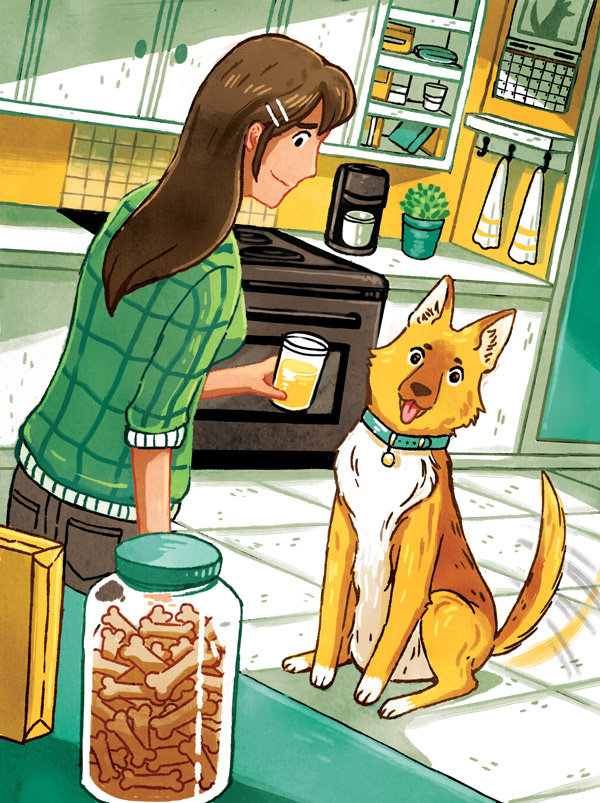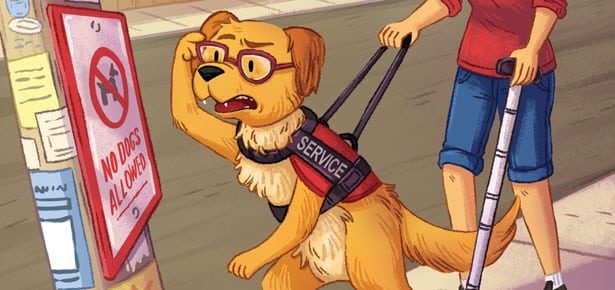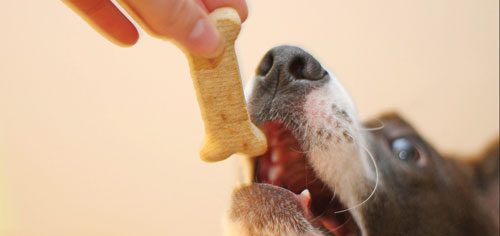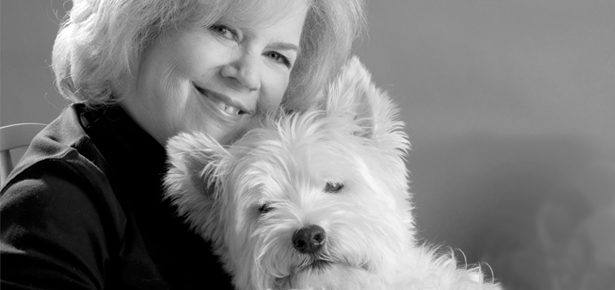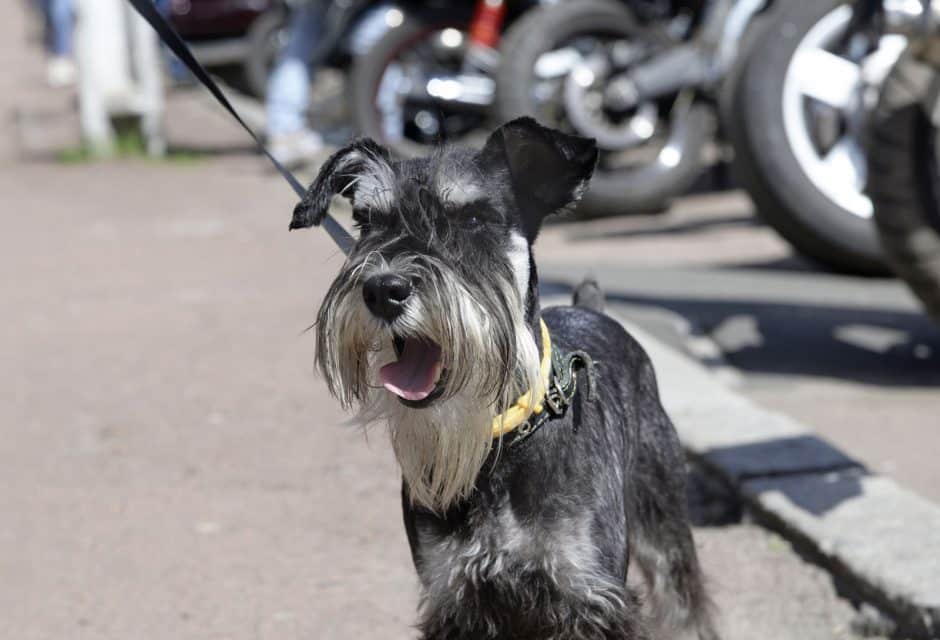

Is Your Dog Trying To Tell You Something?
How dogs tell us what is happening in their world
Sometimes it is the observation of small, every day behaviours that leads to an increased understanding of how dogs think and behave. I was reminded of this when a friend gave me a gift. It was a boxed set of selected episodes from the “Lassie” television show, which ran from the early 1950s through the mid-1970s, during which a handsome Collie shared adventures with several different families in various settings and situations.
It was a warm, lazy afternoon, and we had nothing else planned, so I offered my friend a beer and the two of us sat down to look at a randomly selected episode and watch my favourite dog star perform. At one point in the episode, Timmy, played by the child actor Jon Provost, got into trouble (as usual). Lassie ran off to get him some help, and in the next scene we got to see Lassie running up to Cloris Leachman, who played Timmy's mother. Lassie looked directly at her, then turned and looked in the direction where Timmy could be found. When she did not seem to respond, the dog looked at the woman again, making clear eye contact, and then gave a quick bark before looking back in the direction where the dog’s young master was located. Next Lassie repeated the behaviours, even taking a few quick steps toward that path that she wanted the woman to follow. Timmy's mother eventually got the idea and raced out of the kitchen to go help save her son.
My friend, who is an astute psychologist but does not work with dogs (or any animals other than humans), gave a little chuckle and commented, “It would be nice if dogs actually acted like that. What the director is having the dog do is a choreographed dance. He’s trying to show us the behavioural equivalent of what a child who can't yet verbalize might do in this situation. It begins with the child trying to attract the attention of an adult by at least pointing in the direction she wants the adult to go. But that, of course, is beyond the capability of a dog. Dogs use communication to tell us how they're feeling, and although they're good at expressing their emotional states (tail wags, growls, whimpers, and that sort of thing) they certainly don't engage in referential communication where they tell us about interesting things in the environment, like where you might find a pot of gold—or, I suppose in the dog's case, a pot of biscuits.”
I was impressed that my friend had picked up on the significance of the dog's behaviour; however, as I later explained to him, it is actually true that dogs naturally behave exactly like Lassie did in that TV episode. It is simply the canine way of “showing” us what is happening in their world. As far as I can determine, the first scientific discussion and demonstration of this kind of behaviour appeared in the journal Animal Cognition. It was a report by a team of researchers headed by Adam Miklósi from the Department of Ethology at Eötvös University in Budapest, Hungary.
The study involved 10 dogs and the setup was fairly simple. It took place in a room the dogs had been familiarized with. The room contained three bowls which were scattered around in different directions, placed upon bookshelves or other surfaces which were well above the dog's reach. Next, somebody (a person the dog already knows) enters the room and hides either some food or a favourite toy in one of those three bowls and then leaves. The dog's owner then enters the room and the researchers videotape what happens next.
Typically, the dog will engage in a behaviour where they attempt to make eye contact with their owner and, once that is done, they then look in the direction of the interesting stuff. Sometimes the dogs will make a sound, a bark or a whimper, either when gazing directly at their owner or at the desired object. The sound seems to have the same function as someone saying, “Hey look over here!” Gazing at the owner is a means of making sure that the dog has the human's attention and gazing toward the interesting material is then the equivalent of pointing.
Of course the researchers introduced a number of careful controls, since it could simply be that the dogs are just staring at something they want with no particular intention of communicating. Were that the case, even when the owner was not in the room, the dogs should continue to stare at the interesting location. It turns out, however, that the dogs look at the desirable location a lot less when the owner is not there. It is principally when their owner is in the room that the dog's behaviour becomes this alternating gaze-at-the-person-and-then-the-object, which is repeated until they get some kind of response.
One interesting aspect of such behaviour is that dogs do not have to be taught this form of communication. It seems to appear naturally. And human beings, without any deliberate instruction, seem to recognize the significance of this sequence of actions, responding to it by going to check out the location that the dog is gazing at. The researchers suggest that perhaps the reason why this behaviour is so common in dogs may have to do with the intervention of humans. These investigators suggest that, perhaps during the process of domestication, we have systematically selected dogs with better communication abilities. A dog who can tell us where there are things which interest him, or which he considers to be important, is a more useful companion and is easier to get along with. So the dogs that have this ability will be cared for a little bit better and will more likely be the ones selected for breeding. That means that if this behaviour is genetically controlled it will become more prevalent in successive generations of dogs.
In any event, it appears that the sequence of actions that we were observing in Lassie was not simply part of a “dance” concocted by Lassie's trainers and the film's director, but rather was an example of a common way in which dogs engage in “showing” us what they consider to be interesting in their world—the cookies on the counter, for example.
Join the newsletter and never miss out on dog content again!
"*" indicates required fields
By clicking the arrow, you agree to our web Terms of Use and Privacy & Cookie Policy. Easy unsubscribe links are provided in every email.
